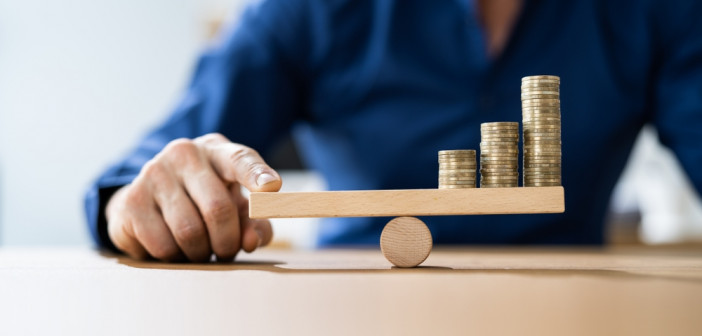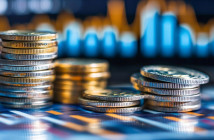Consumer sentiment tracked by the University of Michigan rose 11% in July from the prior month, reaching its highest level since October 2021, according to a final reading of the month’s data. That’s a huge improvement from June 2022, when consumer sentiment fell to its lowest level on record and inflation reached a four-decade high of 9.1%.
Americans’ expectations for inflation rates in the year ahead inched up to a 3.4% rate, “well below the high point of 5.4% from April 2022 but above the 2.3%-3.0% range seen in the two years prior to the pandemic,” according to a release.
“Overall, the sharp rise in sentiment was largely attributable to the continued slowdown in inflation, along with stability in labor markets,” said the University of Michigan’s Director of Surveys, Joanne Hsu, in a release. “However, sentiment for lower-income consumers fell.”
Indeed, recent data continue to reflect inflation slowing. The Federal Reserve’s favorite inflation measure — the Personal Consumption Expenditures price index — rose 3% in June from a year earlier, a slower pace than the prior month’s 3.8% annual rise. Meanwhile, the core index rose 4.1%, down from a 4.6% rise, during the same period.
Other sentiment surveys have also reflected rising optimism, in part due to inflation’s recent slowdown. The Conference Board’s monthly Consumer Confidence Index increased for the third consecutive month in July, hitting 117 from 110.1 the month before. A survey of economists and analysts released by the National Association for Business Economics this week showed that businesses have rejoiced in better economic conditions, such as rising sales and profits combined with declining material costs.
Spending is in focus
But even though consumers have been feeling more peppy in recent months, that doesn’t necessarily mean they will continue to spend.
“Despite feeling more optimistic about the economy, consumers are spending more cautiously,” wrote Lydia Boussour, senior economist at EY-Parthenon, in an analyst note. “With employment and household disposable income growth expected to moderate in the second half of the year, the slowdown in consumer spending will accelerate as the buffer from excess savings shrinks, student loan repayments restart, and credit conditions tighten further.”
The Commerce Department’s gross domestic product report released this week showed that consumers cut back sharply on their spending in the second quarter compared with the first three months of the year, driven by a pullback in purchases of durable goods, which are products meant to last at least three years.
Consumer spending figures released Friday showed that spending picked up 0.5% in June from the prior month, compared with a revised 0.2% increase in May. Consumer spending is the main engine of the economy, accounting for about two-thirds of output, and much of it hinges on the state of the labor market.
The Fed has been trying to cool the economy to bring down inflation still running well above the central bank’s 2% target, so persistently strong economic growth might be a headache for the Fed.
In a news conference following the Fed’s decision to raise interest rates by a quarter point, Fed Chair Jerome Powell emphasized that another rate hike remains an option — if the economy were to strengthen, keeping upward pressure on prices.
“At the margins, stronger growth could lead over time to higher inflation and that would require an appropriate response for monetary policy,” Powell said.
It remains unclear whether the Fed will hike once more in September or pause, but that decision will largely depend on what economic indicators show in the coming weeks. The Fed certainly wants to see core inflation continue to decelerate, but Powell routinely points to the labor market not being balanced. The tight labor market has been a source of inflationary pressure due to the role that labor costs play in pushing up consumer prices.
A separate report released by the Bureau of Labor Statistics Friday showed that US wage gains cooled in the second quarter, showing some easing of inflationary pressures.




